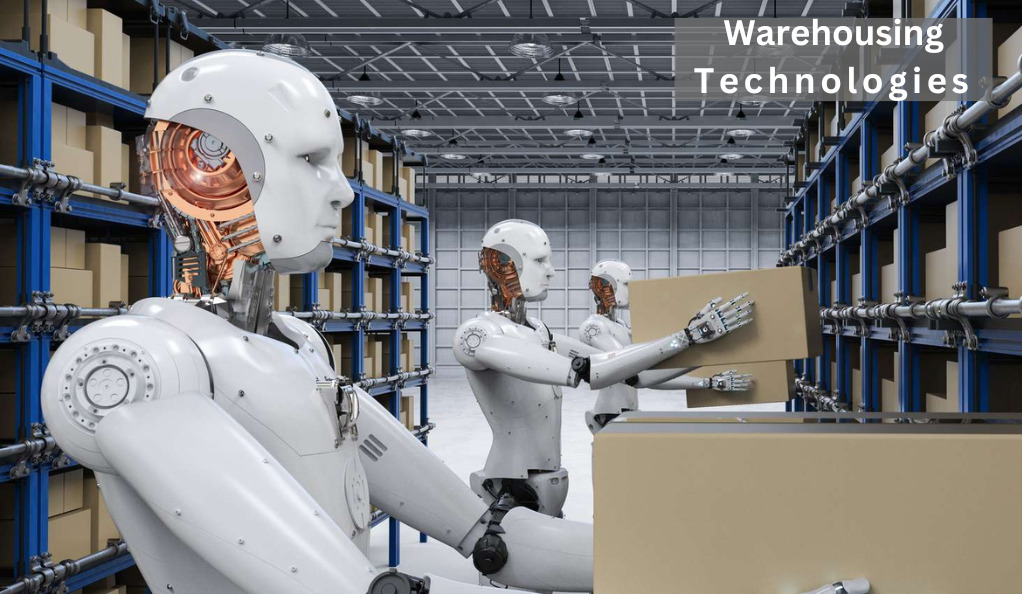Warehousing plays a crucial role in the supply chain industry, serving as a vital link between production and distribution. Over the years, technological advancements have transformed the way warehouses operate, leading to increased efficiency and productivity. As we move forward, the future of warehousing looks promising, with emerging technologies paving the way for even more innovative solutions. In this article, we will delve into the evolution of warehousing technologies and explore the cutting-edge solutions that are revolutionizing supply chains.

Evolution of Warehousing Technologies
The evolution of warehousing technologies can be traced back to the advent of barcode scanning and radio-frequency identification (RFID) systems. These technologies enabled warehouses to automate inventory management and improve accuracy, resulting in faster and more efficient order fulfillment. As technology continued to progress, the introduction of automated storage and retrieval systems (AS/RS) further revolutionized warehousing operations. AS/RS uses robotics and computer-controlled systems to store and retrieve goods, reducing the need for manual labor and increasing storage capacity.
The advancements in communication technology have also played a significant role in the evolution of warehousing. The introduction of wireless networks and cloud computing has allowed warehouses to have real-time visibility of inventory and streamline operations. Gone are the days of manually recording inventory data and relying on physical counts. Nowadays, warehouses can use inventory management software that integrates with their systems, providing accurate and up-to-date information at all times.
Cutting-Edge Solutions Revolutionizing Supply Chains
One of the cutting-edge solutions that is revolutionizing supply chains is the Internet of Things (IoT). IoT enables warehouses to connect various devices, sensors, and machines, allowing for seamless communication and data sharing. For instance, smart shelves equipped with IoT sensors can monitor stock levels in real-time, triggering automatic reordering when inventory is low. This not only eliminates the risk of stockouts but also optimizes inventory management, ensuring that the right amount of stock is available at all times.
Another emerging technology making waves in the warehousing industry is robotic automation. Robots are being increasingly utilized to perform repetitive and labor-intensive tasks, such as picking and packing. These robots are equipped with advanced sensors and algorithms that enable them to navigate warehouse environments safely and efficiently. By automating these tasks, warehouses can significantly increase productivity, reduce operational costs, and improve overall efficiency.
As we venture into the future of warehousing, it is evident that emerging technologies will continue to shape the industry. With the evolution of warehousing technologies and the introduction of cutting-edge solutions like IoT and robotic automation, supply chains are becoming more streamlined and efficient. These innovations not only optimize warehouse operations but also provide businesses with valuable data and insights that can drive informed decision-making. By embracing these emerging technologies, warehouses can stay ahead of the curve and unlock immense potential for growth and success.






